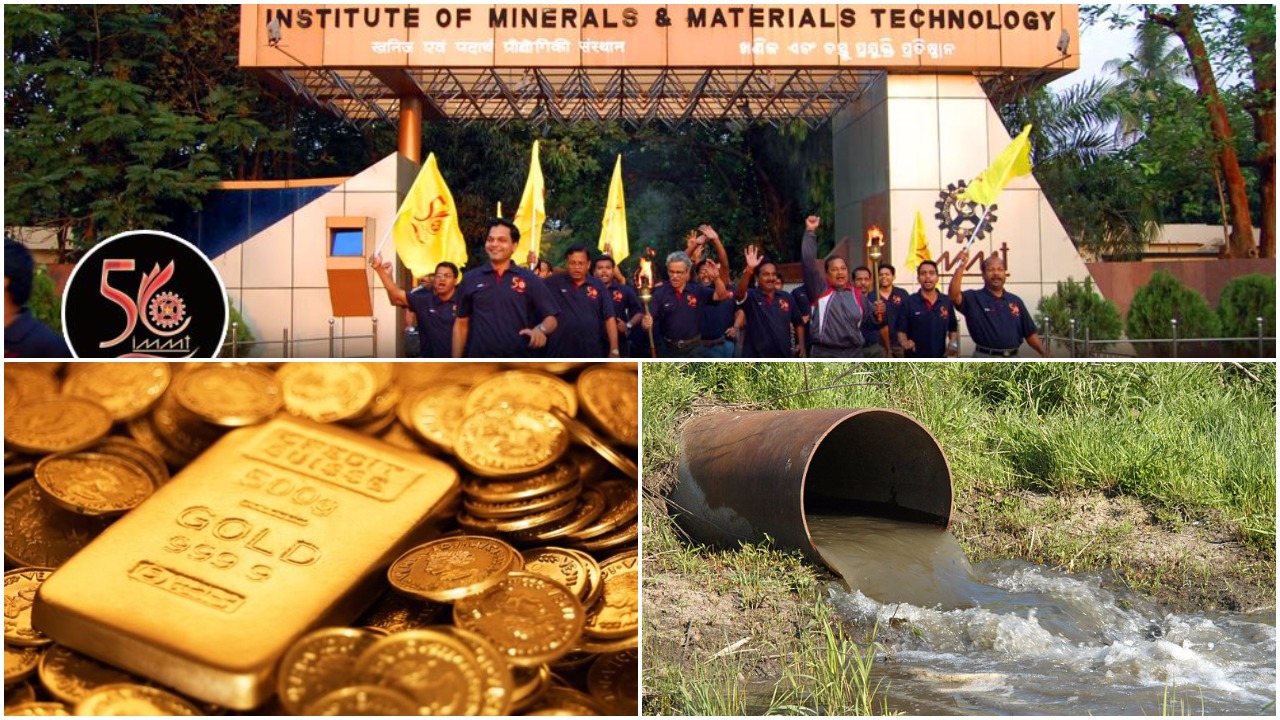Gold, the favourite metal of Indian women, is increasingly becoming popular among scientists as well, though for a different reason. A group of India researchers have used gold nanoparticles to develop a simple method to detect lead in wastewater.
The new technique makes of specially-produced miniscule particles of the yellow metal, and the property of gold nanoparticles to change colour when they ‘bunch-up’ in the presence of metal particles such as lead because of their optical properties.
In the study done by scientists at the CSIR-Institute of Minerals and Materials Technology, Bhubaneswar, a solution of gold nanoparticles was prepared in water. When this solution was exposed to lead, a colour change from violet to blue occurred within a few minutes due to collecting together of nanoparticles. It was also found that diluting the gold-nanoparticle solution resulted in a colour change even when small amount of lead was present. This is important as the quantity of wastewater is usually much more than the amount of lead dissolved in it.
“This method of detecting lead particles using specially-produced gold nanoparticles is a rapid, one-step method. It is a cost-effective method vis-à-vis the more traditional methods of lead detection,” explained Dr Nilotpala Pradhan, co-author of the study. “Lead in small amounts in wastewater even in the presence of other major toxic heavy metal particles is easily picked up by this simple test”, she added. However, she said, more studies are required before the method could be used commercially.

